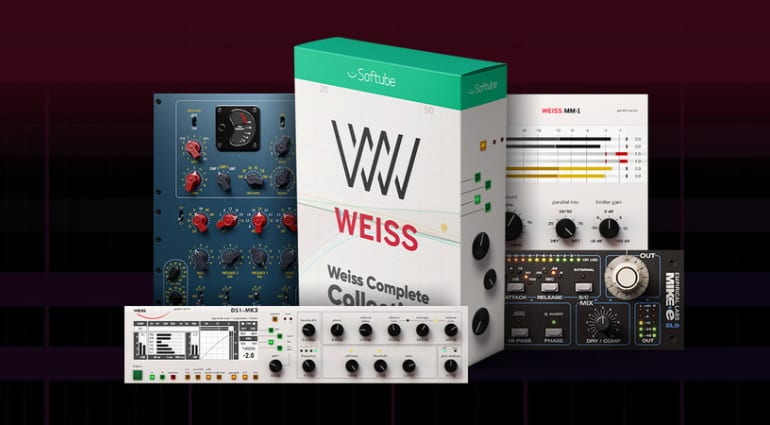

You can chose which information to display information on the OSD. Additionally, for Faderport users, mute/solo is accurately reflected on external control surfaces.

This not only eliminates a visual discrepancy between channel faders and actual level but also removes the need to manually assign ‘safe mute’ channels. Rather than being limited to controlling the internal-only solo/mute (within the plugin) Console 1 uses the native Studio One solo/mute function. So, clicking a channel (or pressing select on a Faderport 8/16) automatically selects the channel on the hardware console (and vise versa). When selecting a channel in either Studio One or on the hardware console the selection is reflected in the other. Studio One Integrated Features Channel SectionĬonsole 1 has some tight integration with Studio One not available in some other DAWs. If enabled, when a knob/button on the hardware is changed the OSD is displayed and then hides automatically. This automatically displays and hides the OSD. To toggle the OSD on/off press the Display On button.ĭisplay Auto On is an interesting option (enabled by pressing ‘Shift + Display On’. At this point you can edit away to make your music sound its best. The OSD has different modes which it can operate with the default being the Frequency Analyzer mode. Don’t confuse the OSD with the plugin window since this can be confusing at first. To open the On-Screen Display (OSD) press the Display On button in the upper-left corner of the hardware device. You can now close the plugin window if you wish. Note: You can reset the On-Screen Display from this menu if something goes awry and also open the manual/help.
#Softube plugin not showing up in arageband mac#
On a Mac the application is shown in the menu bar. This is done using a ‘standalone’ application to provide the “bridge” between hardware and software. Once added, the plugin operates just as any other plugin however it can be controlled via the hardware console. Using the Console 1 Plugin with Studio One. That way you’ll only see the VST version. TIP: To make sure you don’t accidentally drag in the AU version click the ‘wrench’ icon (called Manage Plugins) in the upper-righthand corner of the ‘Browse’ window and deselect the dots by the AU (and if desired VST2) version. To fix this just remove the AU version and re-add the VST one. If you happened to drag the wrong version (AU) into your project the window will let you know at the bottom of the plugin… Once the plugin is added to a channel you will see the plugin window. A quick way to do this is select all channels (click first channel, hold shift, click last channel) before inserting the plugin. Softube recommends adding the plugin to every audio/instrument, bus, and VCA channel in the project to maximize efficiency. You can add it directly from the channel strip or by dragging from the “Browse” window. However, be sure to use VST formatas the AU plugin does not support automatically applying Track Name and Track Number.Īdding Console 1 is done the same way as any other plugin. There are a couple of ways to add the plugin to a channel. I won’t cover setting up the Console 1 (but to get started start here) or general usage – just Studio One specific stuff and a few lessons I learned. So…I just added a Softube Console 1 to my setup and thought I would pass along some lessons I have learned.


 0 kommentar(er)
0 kommentar(er)
